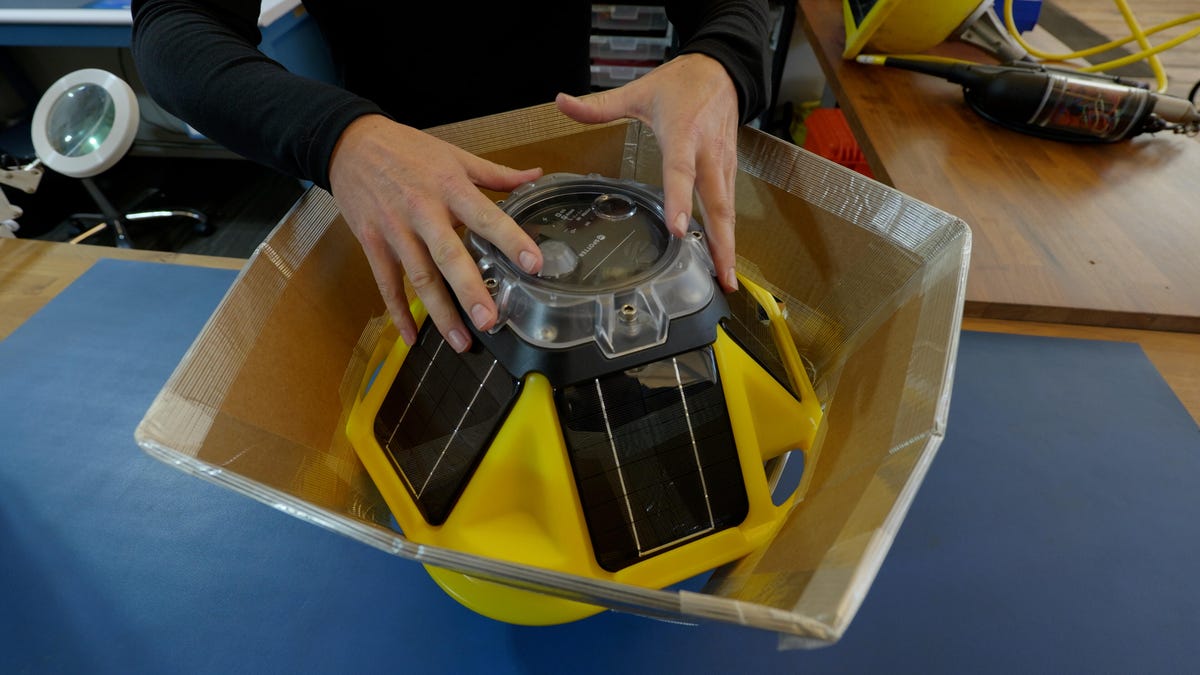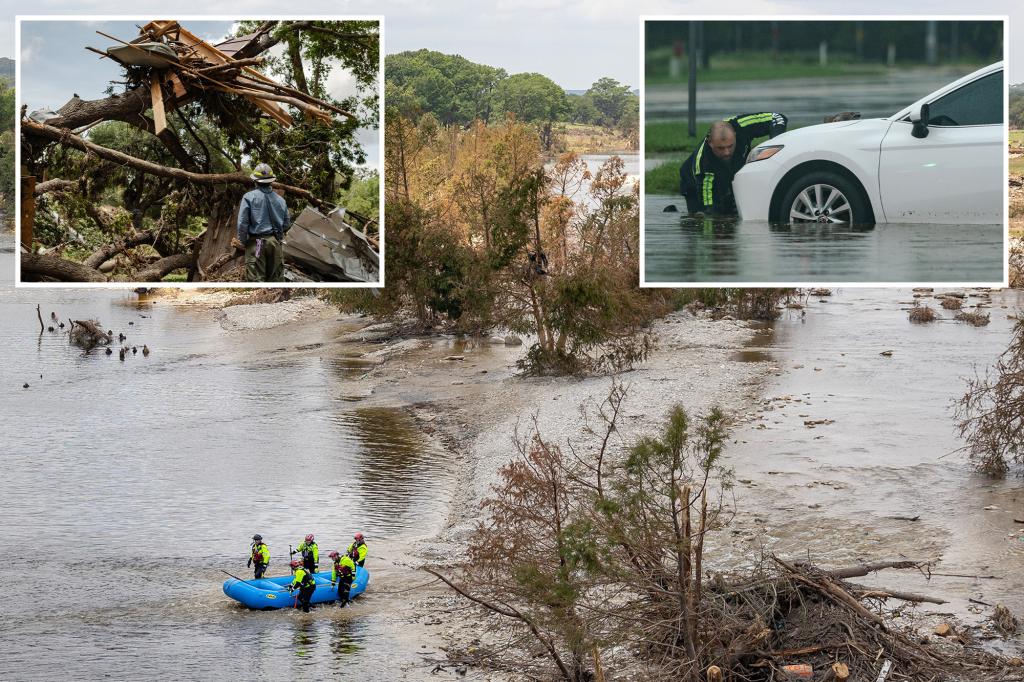In the face of increasingly frequent and powerful hurricanes, technological innovation has played a critical role in enhancing oceanographic research and improving disaster preparedness. Central to this effort are hurricane-resistant buoys, devices designed to withstand extreme weather conditions while continuing to gather vital data. These buoys provide real-time information about ocean conditions, which is crucial for both scientific study and emergency response. This article explores the engineering breakthroughs behind hurricane-resistant buoys, their significance, and their growing role in the world of disaster management.
The Role of Buoys in Oceanography and Disaster Preparedness
Buoys have long been used in oceanography to collect data on ocean currents, temperature, salinity, and atmospheric conditions. Positioned in key locations around the globe, they help scientists monitor the health of marine ecosystems, track weather patterns, and predict events such as hurricanes. With the increasing severity of these storms due to climate change, the role of buoys has expanded to encompass disaster response, providing emergency responders with real-time data that can guide evacuations, shipping rerouting, and aid deployment.
Hurricane-resistant buoys, in particular, are designed to operate in the most extreme weather conditions, ensuring that valuable data can still be collected during and after a storm. These advanced devices are engineered to survive hurricane-force winds, massive waves, and turbulent sea conditions. By improving the durability and efficiency of ocean buoys, engineers have significantly enhanced our ability to predict and respond to natural disasters.
Innovations in Design and Engineering
The key to the success of hurricane-resistant buoys lies in the integration of cutting-edge technology and materials. Here are some of the main innovations:
- Advanced Materials: Hurricane-resistant buoys are constructed with materials that are both durable and flexible. Special composite materials, such as fiberglass and carbon fiber, are often used to withstand high-impact forces from waves and debris. These materials can also resist corrosion from saltwater, extending the lifespan of the buoys.
- Hydrodynamic Shaping: To minimize the impact of high waves, the shape of the buoy is optimized for hydrodynamics. Streamlined designs allow the buoy to move with the ocean’s currents, reducing the risk of capsizing or breaking apart under extreme conditions.
- Redundant Power Systems: Buoys rely on solar panels, batteries, or wave energy converters for power. Hurricane-resistant models are equipped with multiple power sources to ensure uninterrupted operation during storms. Additionally, they may have self-repairing components that can restore functionality if damage occurs.
- Enhanced Sensors and Communication Systems: The latest buoys feature advanced sensors capable of measuring wave height, wind speed, and atmospheric pressure in real-time. These buoys are also equipped with satellite communication systems, ensuring that data can be transmitted even in remote areas where traditional communication infrastructure may be compromised.
The Importance of Data Collection During Hurricanes
The real-time data provided by hurricane-resistant buoys is invaluable for both scientific research and disaster management. In the context of hurricanes, the buoys gather data on the following crucial parameters:
- Wave Height and Ocean Currents: Understanding how ocean currents and waves behave during a storm can provide valuable insights into the storm’s intensity and trajectory. This information is used to refine models that predict the path and strength of hurricanes.
- Wind Speed and Atmospheric Pressure: Buoys equipped with high-tech meteorological instruments can track changes in wind speed and pressure. This data is vital for weather forecasting and helps in issuing early warnings to affected regions.
- Sea Surface Temperature: A buoy’s ability to measure sea surface temperatures is also crucial in predicting hurricane formation and intensification. Warmer ocean waters can fuel storms, making the study of these temperatures an essential part of hurricane prediction.
Furthermore, the data collected by these buoys helps to fill in gaps in satellite-based observations, especially in remote areas where satellite coverage may be limited. With this supplementary data, scientists can create more accurate and localized forecasts, which are essential for timely evacuations and mitigating the impact of hurricanes on coastal communities.
Impact on Disaster Preparedness and Response
The innovations behind hurricane-resistant buoys go beyond the scientific community’s need for better data. These devices are an essential part of broader disaster preparedness and response systems. By providing real-time, reliable information during hurricanes, they support a variety of key activities:
- Emergency Response Planning: Accurate data from buoys allows emergency responders to make more informed decisions. For instance, data on wave heights and storm intensity can help authorities prioritize evacuation routes and adjust timelines for disaster relief efforts.
- Coastal Safety: Many hurricane-resistant buoys are strategically placed near coastal areas, where they monitor storm surges and wave conditions. By providing early warnings of potentially dangerous wave heights or flooding, these buoys help protect lives and property.
- Shipping and Marine Navigation: With accurate wave and wind speed data, hurricane-resistant buoys are also crucial for maritime safety. Shipping routes can be adjusted to avoid the most severe conditions, reducing the risk to vessels and cargo during storms.
Collaboration with Other Technologies
Hurricane-resistant buoys are part of a larger network of technologies designed to monitor and predict hurricanes. These include:
- Weather Satellites: Satellite data plays a critical role in tracking the development of storms and observing large-scale weather patterns. While buoys provide localized, in-depth data, satellites offer a broader view of storm systems.
- Aircraft Reconnaissance: Specialized aircraft, such as the U.S. Air Force’s “Hurricane Hunters,” fly directly into storms to collect atmospheric data. This real-time information complements the data from buoys, allowing meteorologists to create more accurate storm models.
- AI and Machine Learning: Artificial intelligence is being used to analyze data from buoys, satellites, and other sources to improve predictions of hurricane behavior. By processing vast amounts of data in real-time, AI can help create more precise forecasting models.
As technology continues to advance, the integration of these systems will lead to more robust early warning systems and enhanced disaster resilience for coastal communities.
Challenges and the Road Ahead
Despite the tremendous advancements in buoy technology, several challenges remain. One of the biggest obstacles is the sheer cost of deploying and maintaining hurricane-resistant buoys. These devices require significant investment, and the harsh ocean environment often leads to wear and tear, making maintenance a complex and costly endeavor.
Furthermore, while hurricane-resistant buoys provide invaluable data, they do not cover every part of the ocean. Gaps in coverage remain, particularly in remote areas or deep-sea regions, where gathering data is difficult and expensive. Expanding buoy networks and improving data transmission systems will be essential to achieving global coverage.
However, ongoing research and collaboration between governments, research institutions, and private companies are paving the way for future advancements. With more funding and innovation, it is likely that we will see more durable, cost-effective, and widely deployed hurricane-resistant buoys in the coming years.
Conclusion: A Vital Tool for a Changing World
As the frequency and intensity of hurricanes continue to rise due to climate change, hurricane-resistant buoys are proving to be a vital tool for both oceanography and disaster preparedness. Through cutting-edge design, advanced sensors, and integration with other technologies, these buoys provide crucial real-time data that can save lives and reduce economic losses. While challenges remain, ongoing innovations promise to make these devices even more effective in the years to come. As part of a larger, multi-faceted approach to disaster resilience, hurricane-resistant buoys are helping us better understand, predict, and respond to the ever-growing threat of extreme weather.
For more information on disaster preparedness and technological innovations, visit National Hurricane Center.
Explore additional resources on oceanography and storm tracking technologies on Oceanography Society.
See more Your Daily Weather



